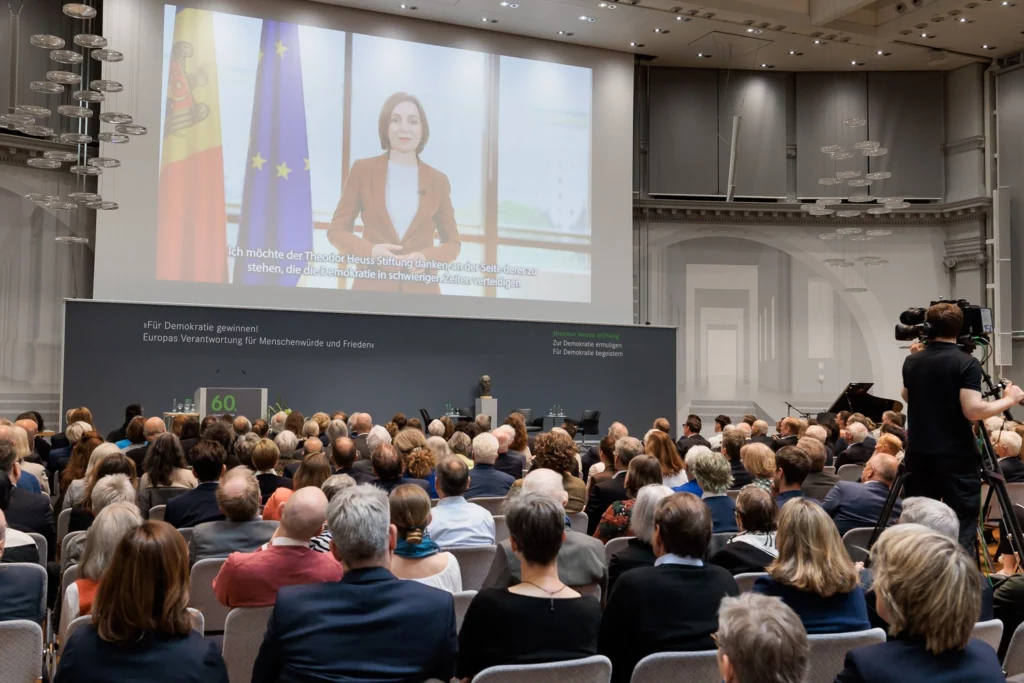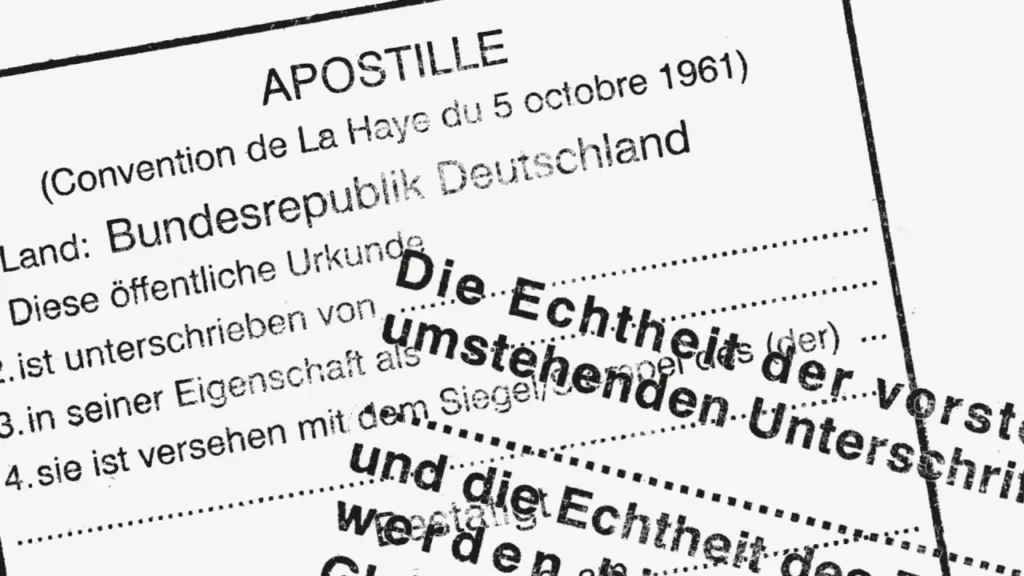
In recent years, the translation industry has undergone major changes, primarily due to the introduction of artificial intelligence (AI). These technologies have not only significantly improved the efficiency and accuracy of translations, but have also created new opportunities and challenges for translators. In this article, we take a look at how AI is transforming the translation industry and what developments can be expected in the future.
Automated translation: opportunities and challenges
Machine translation, in particular using neural networks, has developed considerably. Services like ChatGPT, Google Translate, and DeepL use complex algorithms to translate texts in an instant. These technologies offer several advantages:
- Speed and efficiency: Large volumes of text can be translated in the shortest possible time, which is particularly advantageous for companies with international markets. For example, an online shop that sells products worldwide can offer its website in several languages without having to wait months for human translators.
- Cost reduction: Automated translations are more cost-effective than traditional human translations. Even a small start-up can reach a multilingual customer base without high costs.
However, there are also challenges:
- Quality and accuracy: Despite considerable progress, there are still errors and ambiguities, especially in complex or culturally sensitive texts. For example, a poetic text can be rendered incomprehensible or even ridiculous by a machine if it is translated word for word and not according to the meaning. However, this can also happen with human translation.
- Cultural nuances: AI has difficulty interpreting idiomatic expressions and cultural contexts correctly. A Chinese for example could lose its original meaning in an automated translation.
AI as Support for Human Translators
Instead of replacing human translators, AI is increasingly acting as a supporting tool. Using machine learning and natural language processing (NLP), translators can:
- Pre-translate: They receive raw translations, which they then refine and adapt. For instance, a translator could finalize a technical report faster by having an initial version generated by an application such as ChatGPT and then checking and improving it. This reworking is called Machine Translation Post-Editing (MTPE).
- Use terminology databases: They have quick access to consistent specialist terminology and phrases. In medical translation, AI could help to translate complex terms correctly and thus increase the quality of the translation. In industry, technical terms can also be translated consistently across several manuals.
- Carry out a quality check: Errors and inconsistencies are automatically recognized and corrected. Thanks to tools such as Across or Trados, a translator can ensure that a document is free of typographical errors and remains consistent in its terminology.
This combination of man and machine leads to a higher quality of translations and a more efficient way of working.
We at ReSartus are enthusiastic about what AI can achieve. But we are also aware of what it cannot do. Therefore, we place our trust in human translations for sensitive documents, such as birth certificates, notarized documents and legal matters. After all, these documents are about more than just the content. They are all about cultural and contextual subtleties. People are simply the better translators for confidential matters.
Future Developments and Impacts
The future of the translation industry with AI promises exciting developments such as:
- Personalisation: AI systems will be able to adapt translations to individual styles and preferences. For instance, a blogger could have their articles translated in a certain tone that corresponds to their personal writing style.
- Contextual understanding: Improved algorithms will better understand contextual and cultural nuances and translate accordingly. A legal document could thus be translated precisely and in the correct legal context.
- Integration into business processes: AI translations will be seamlessly integrated into company-wide systems to optimize global communication. An international company could thus enable multilingual communication in real time, increasing efficiency and cooperation.
Conclusion
AI has the potential to permanently change the translation industry. While technology has already made considerable progress, the human translator remains essential to preserve cultural and contextual subtleties. The combination of human expertise and AI technology will shape the future of translation and set new standards in quality and efficiency. Companies and professionals should keep a close eye on these developments and actively utilize the opportunities offered by AI in order to remain competitive.

Why localization is more than translation

60th Theodor Heuss Prize


The invisible danger: digital translation fraud

Planned revision of the JVEG

Freelancer visa in the UAE

Emigration to Dubai

Cuts and restrictions – Interpreters and Translators in Crisis

Building bridges at the Wilhelm Bock Prize

Funding Programs for Language Mediators in Healthcare

Inclusion in Education: ReSartus Enables International Exchange

The Future of Remote Interpreting – Virtual Conferences


Industry-specific challenges in the translation industry

The Role of AI in the Translation Industry

Hiiios – The video interpreting service by ReSartus

Emigrating from Germany

ReSartus supports the 43rd Erlangen Poetry Festival

